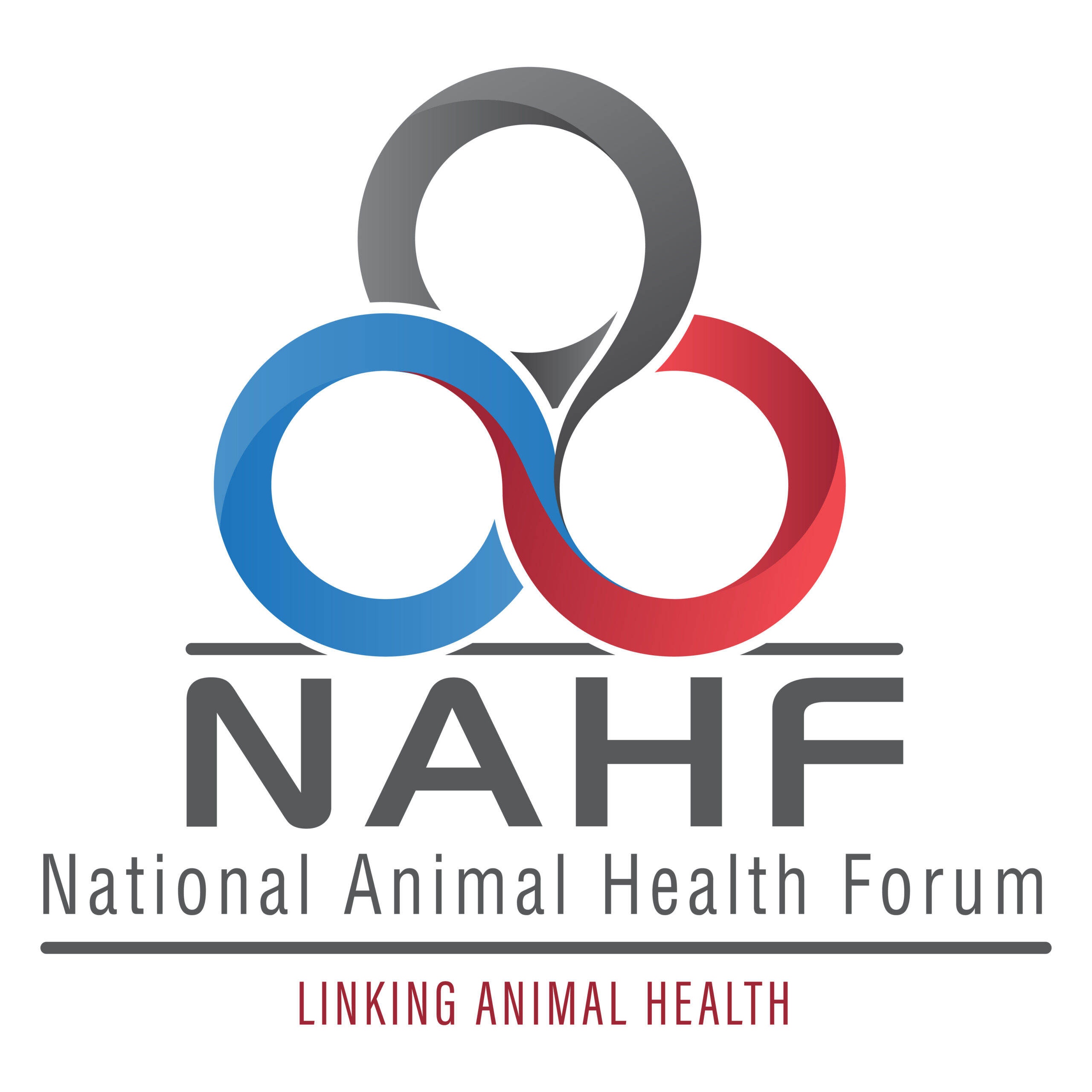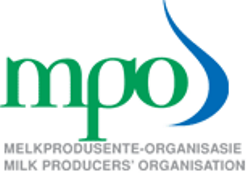The health and safety of persons at work and the health and safety of persons affected by the activities of persons at work are governed by the requirements of The Occupational Health and Safety Act of 1993 (Act 85 of 1993).
The purpose of the OHS Act is to
- Increase health and safety at the workplace, including dairy farms.
- Provide safe work practices and safety criteria to follow at the workplace.
- Create guidelines for curriculum and training programme developme
- Guidelines to cover potential hazards, legislation, and safety practices while performing your job.
The OHS Act is administrated by the Chief Directorate of Occupational Health and Safety of the Department of Labour and offices have been established in all the provinces.
The OHS Act and the dairy industry
The following Sections of the OHS Act affect the dairy production and processing industry:
Section 7: Health and Safety policy
- Each farming enterprise/business has to prepare a written health and safety policy, signed by the owner/executive officer concerning the protection of the health and safety of his employees at work
- A signed copy of the policy must be prominently displayed in the workplace where employees normally report for service.
Section 8: General duties of employers to their employees.
- Identify potential hazards.
- Establish the precautionary measures.
- Provide the necessary information, instructions, training and supervision.
- Not permit anyone to carry on with any task unless the necessary precautionary measures have been taken.
- Take steps to ensure that every person under his or her control complies with the requirements of the Act.
- Enforce the necessary control measures.
- See to it that the work being done and the equipment used, is under the general supervision of a worker who has been trained to understand the hazards associated with the work.
- Such a worker must ensure that the precautionary measures are implemented and maintained.
Section 13: Duty to perform
- Every employer shall ensure that every employee is sufficiently informed about the hazards to health and safety with regard to the job.
- Prescribed procedures and safety requirements must be followed regarding any article or substance to be produced, processed, used, stored, or transported at the w
- Any job to be performed must have written task procedures and standard operating procedures including safety requireme
Section 14: General duties of employees (each worker) at work
The Act is based on the principle that dangers in the workplace must be addressed by communication and cooperation between the workers and the employer. Every employer is responsible for:
- his/her own health and safety, as well as that of co-workers who may be affected by his/her actions or negligence to act;
- obeying health and safety instructions, procedures and rules;
- complying with the rules and procedures with regard to the job;
- reporting unsafe or unhealthy conditions and any accident;
- wearing the prescribed safety clothing and using the prescribed safety equipment (PPE’s) where it is requir
Section 15: Duty not to interfere with or abuse things
No person shall intentionally or recklessly interfere with, damage, or misuse of anything which is provided in the interest of health or safety.
Section 17: Requirements regarding health and safety representatives
The OHS Act requires that a workplace with 20 or more workers must nominate or elect full-time workers as health and safety representatives designated in writing by the employer. Health and safety representatives must be familiar with the circumstances and conditions in that part of the workplace for which they are designated.
Section 18: Functions of health and safety representative
Health and safety representatives are responsible for:
- conducting health and safety audits;
- identifying potential dangers in the workplace and reporting it to the health and safety committee;
- investigating health and safety incidents and complaints; and
- attending scheduled committee meeting
Section 19: Health and safety committees
The responsibilities of health and safety committees are to initiate, promote, maintain and review measures that ensure the health and safety of workers.
Section 20: Functions of Health and Safety committees
The OHS Act requires a health and safety committee to:
- make recommendations to the employer;
- discuss any incident or accident at the workplace; and
- keep a record of recommendations made and reports on cases.
The MPO’s Institute for Dairy Technology offers a five-day training course on the occupational health and safety code of best practice for dairy farmers. The course is practical and equips participants with the knowledge they need to comply with the requirements of the Occupational Health and Safety Act. Training is conducted on-farm in the language of preference. Dairy farmers who need assistance in complying with the Department of Labour’s health and safety requirements on their farms are encouraged to contact the Institute to schedule a training programme.
- Facilities Regulations.
- General Administrative Regulations.
- General Machinery Regulations.
- General Safety Regulations.
- Hazardous Biological Agents Regulations.
Published on Tuesday, 29th August 2017 - 22:43
Recent Posts
disclaimer









